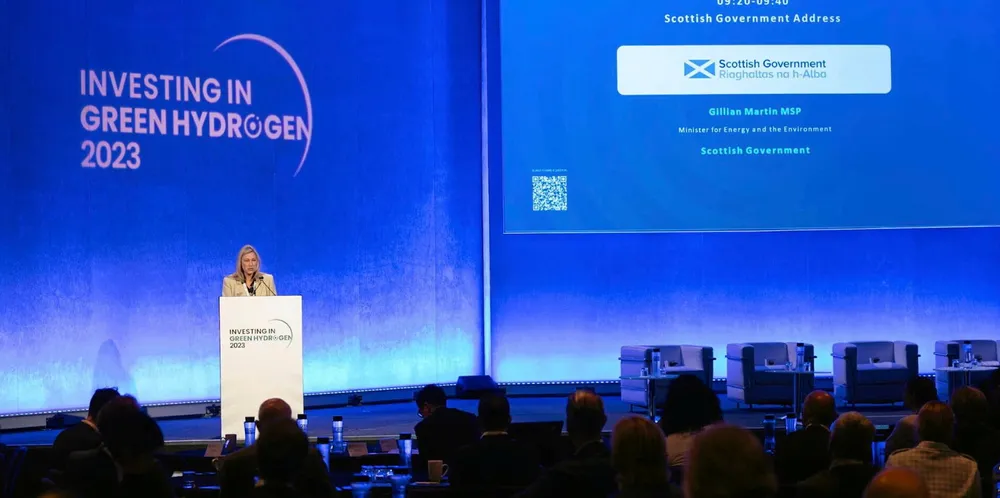Use Scotland's massive offshore wind power for hydrogen to heat homes: minister
Excess generation should be used to produce green H2, Gillian Martin tells conference

Excess generation should be used to produce green H2, Gillian Martin tells conference
